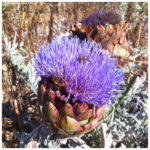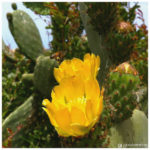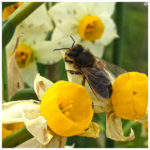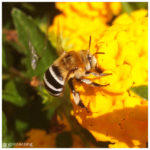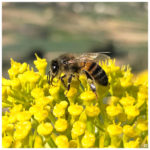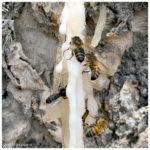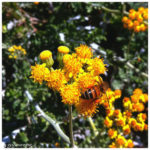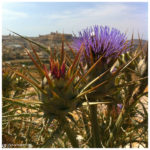About Bees
Our vision
info@beebuzz.farm
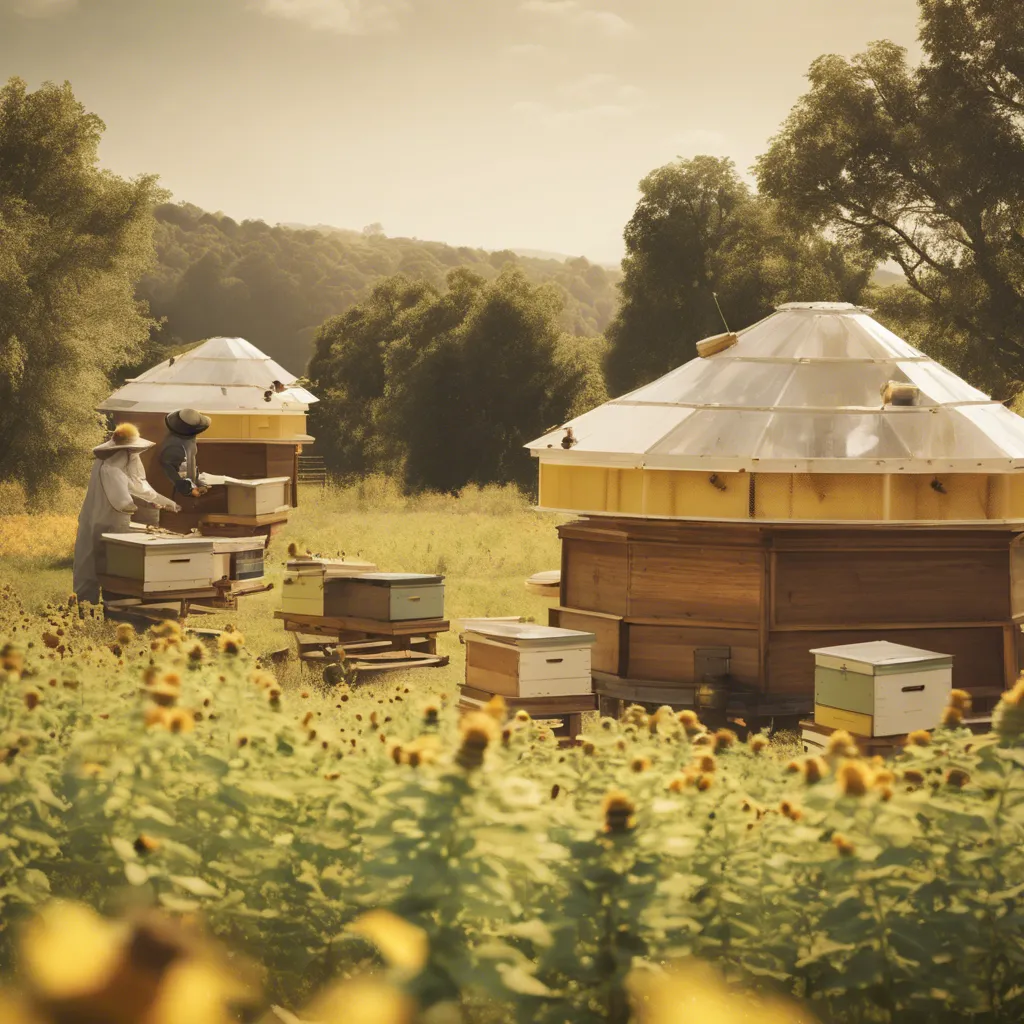
Team story
At BeeBuzz.Farm, we are passionate about preserving the environment and promoting sustainability. Our team of experts in organic farming and beekeeping education work tirelessly to produce the purest, most delicious honey. We pride ourselves on our mission to educate the community and share our knowledge of beekeeping and sustainable farming practices. Our commitment to environmental responsibility extends beyond our farm, as we actively engage with the community to promote eco-friendly initiatives. Join us in our efforts to protect the environment and support local, organic farming.
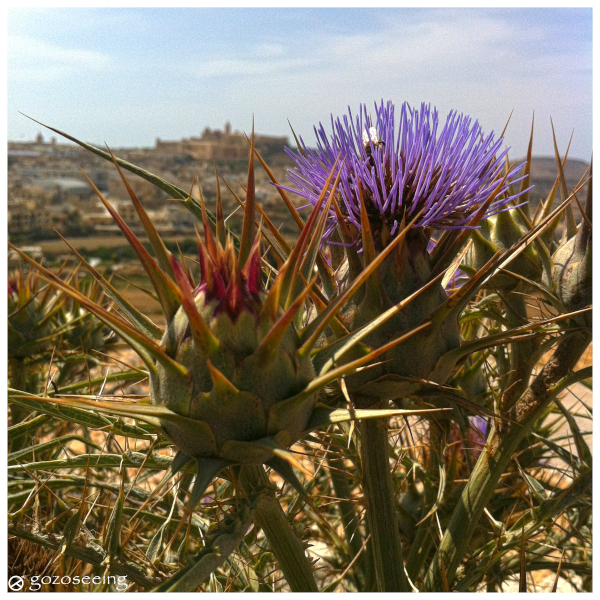
Environmental Impact
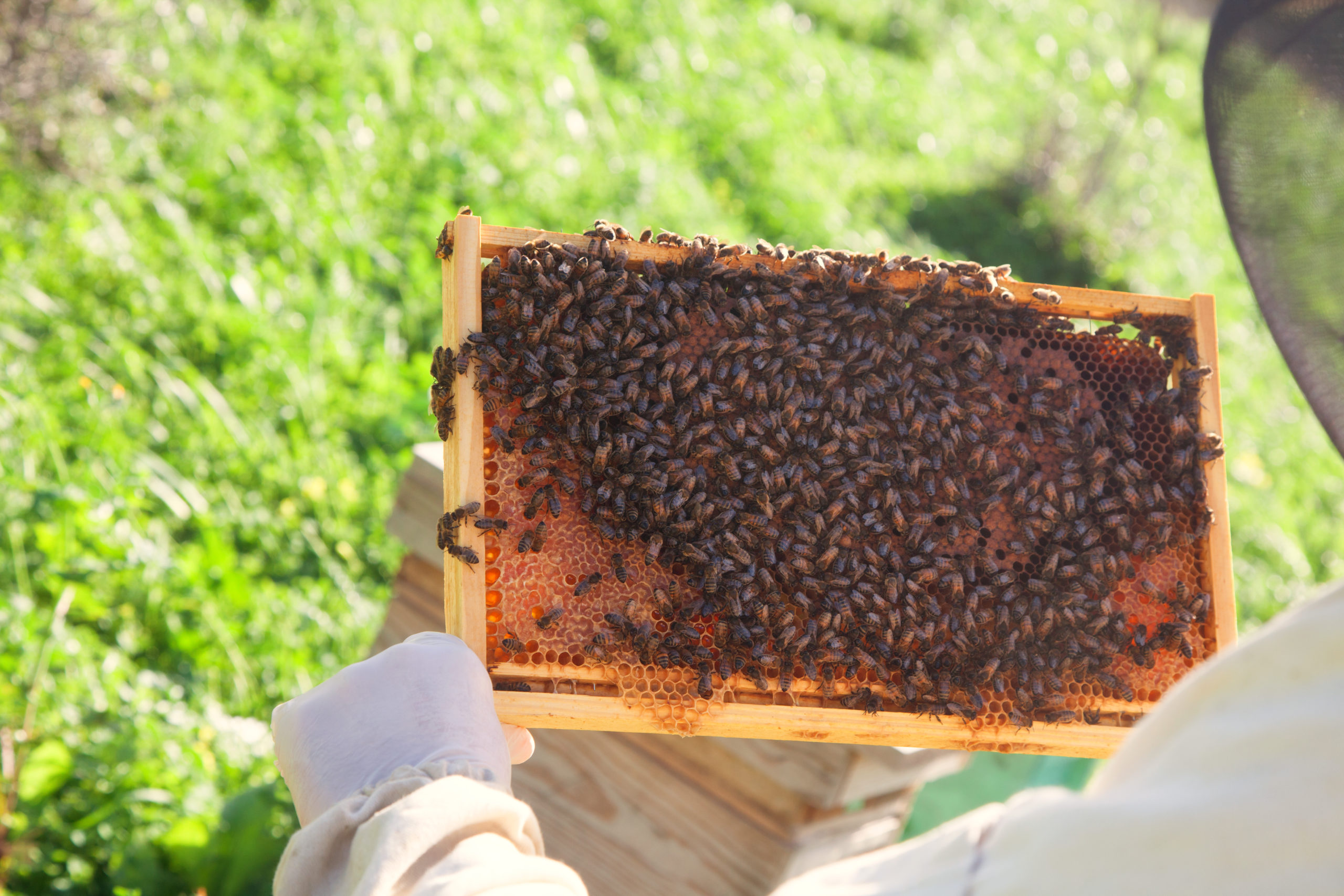
Honey Bees
Honey bees have been a part of human history for thousands of years. Ancient Egyptians practiced beekeeping and revered honey as a sacred gift. The art of beekeeping spread to ancient Greece and Rome, where honey was used for its medicinal properties and as a sweetener.

Discovery and Connection

Modern Beekeeping
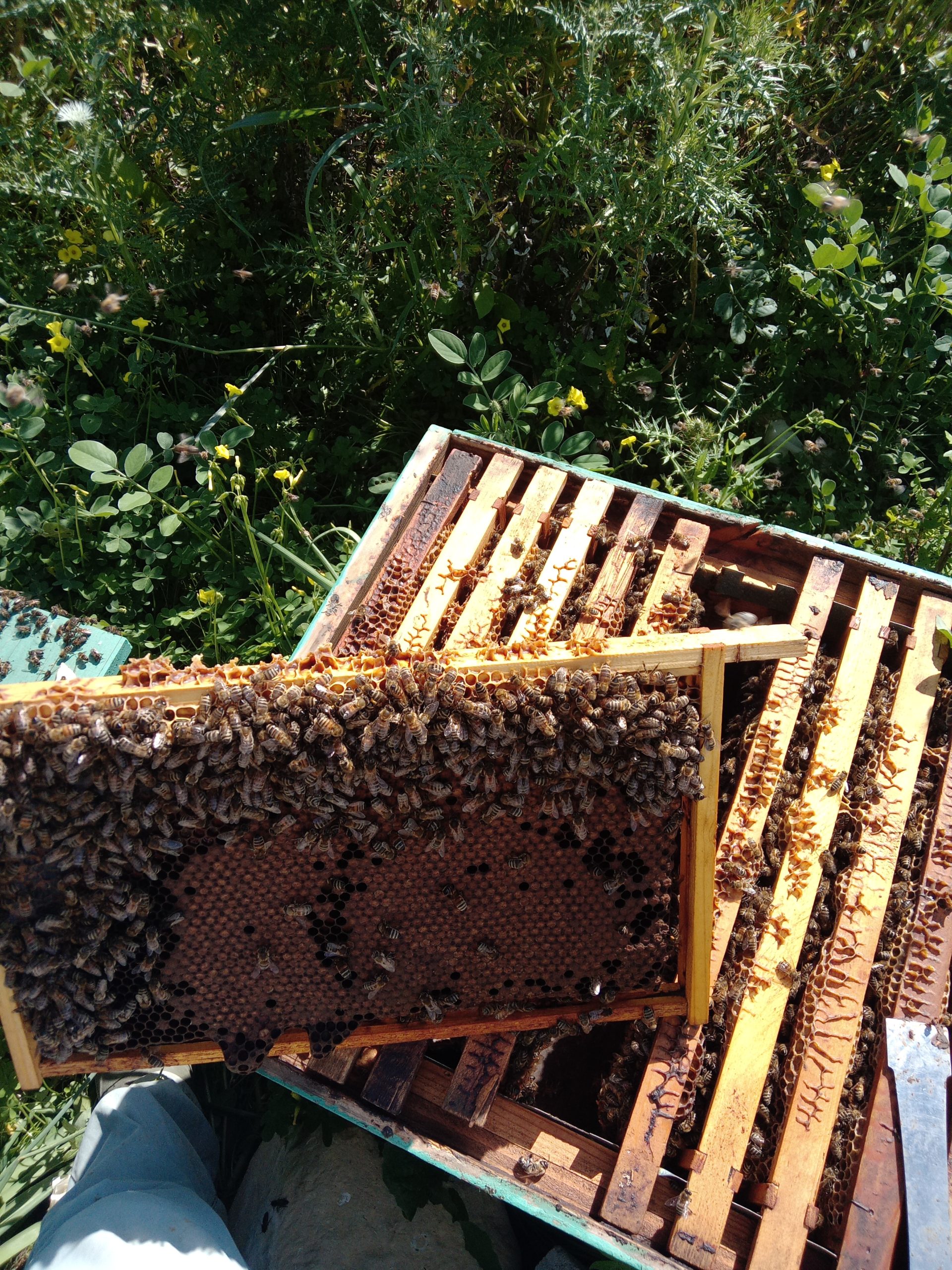
Honey bee life cycle within the colony
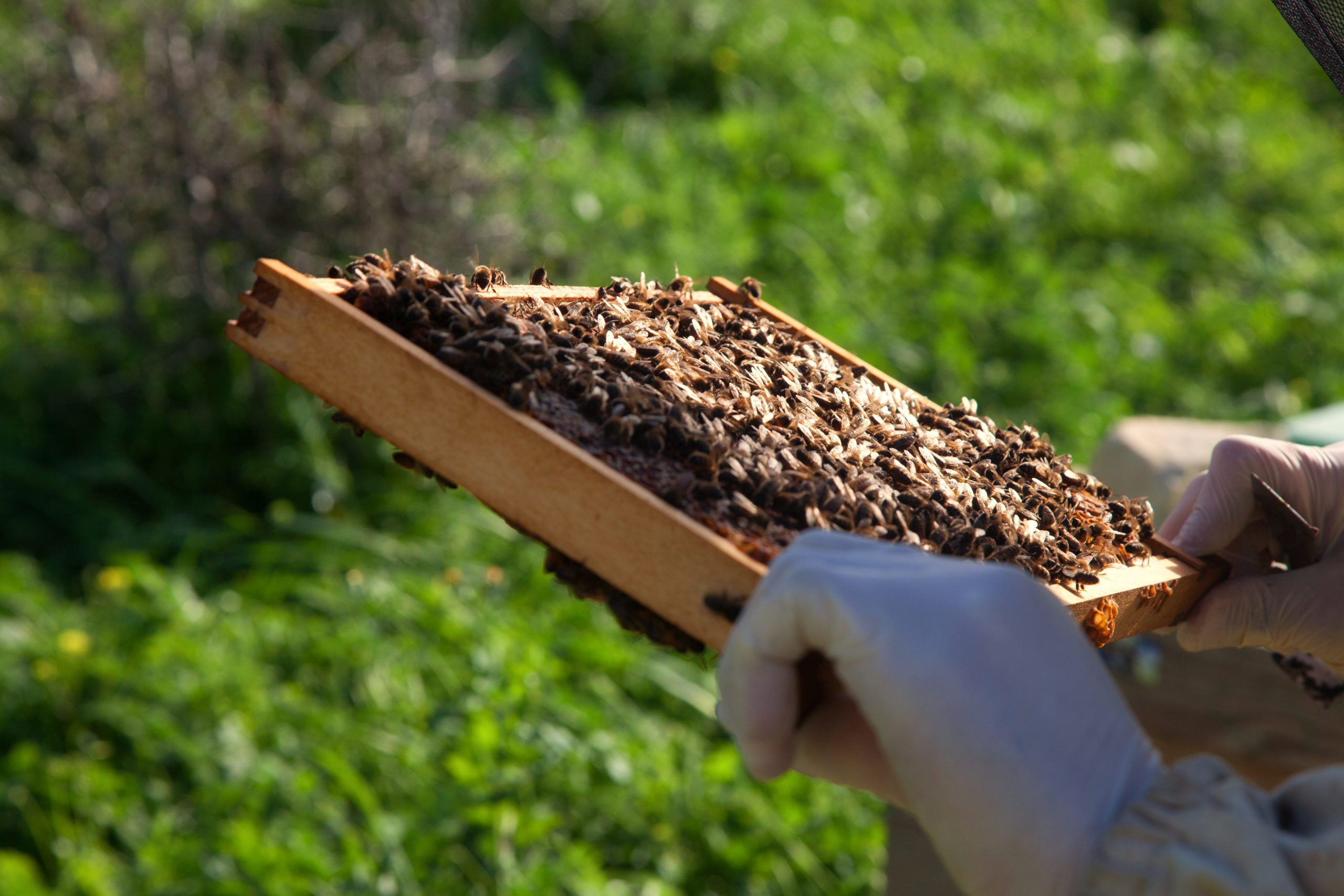
Seasonal Changes
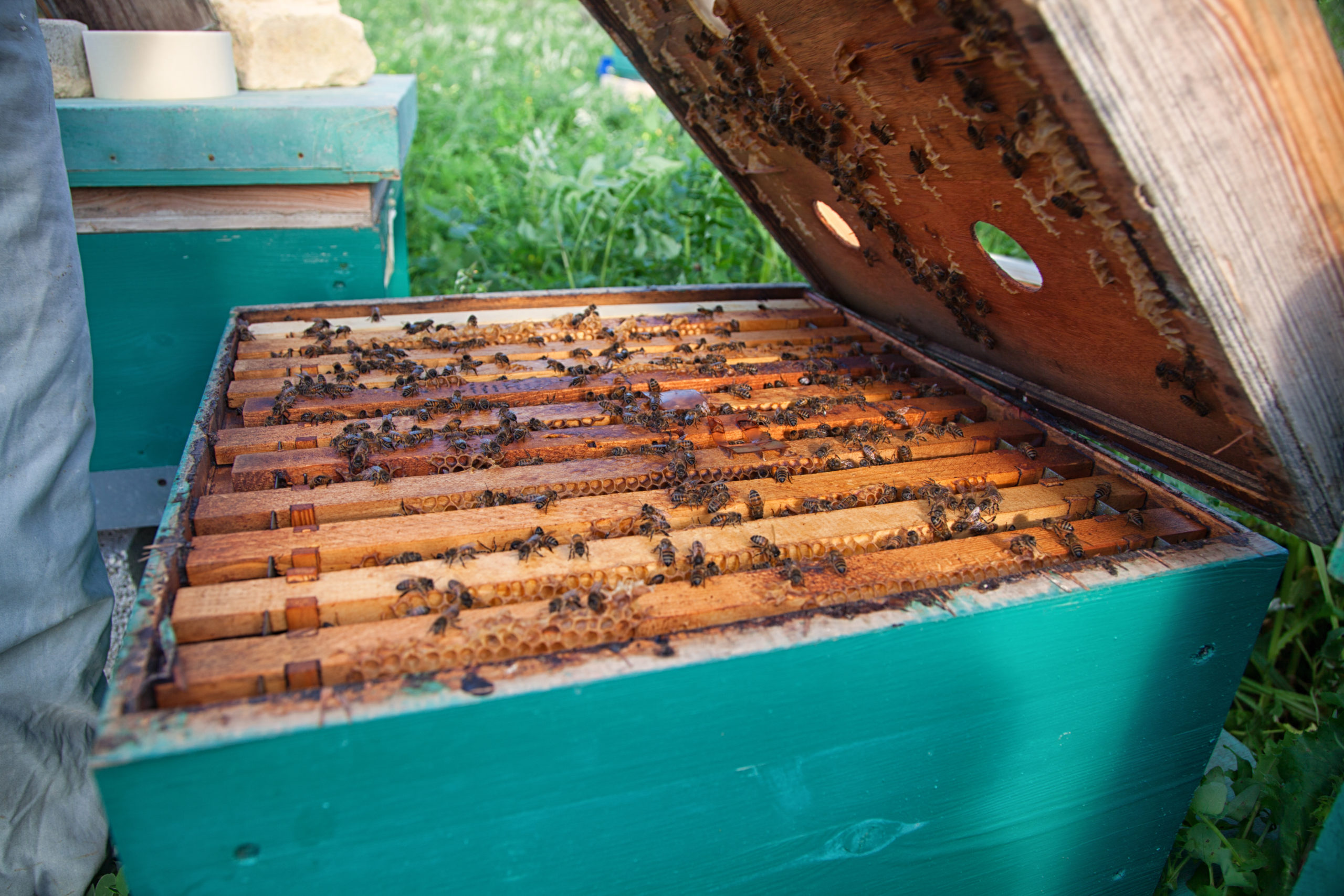
Promoting Bee Education





